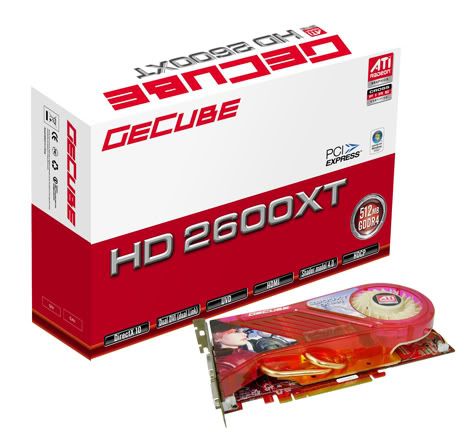Sound_Card
Regular
http://www.gecube.com/products-detail-sas.php?prod_id=66137#Specification

The card looks great, but I'm not digging that 128bit bus still.

The card looks great, but I'm not digging that 128bit bus still.



